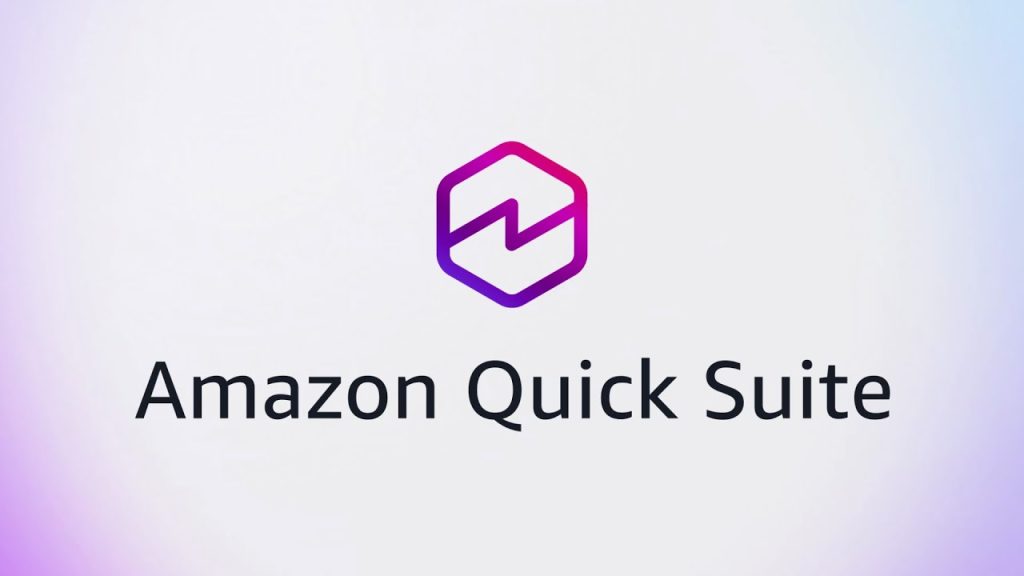Amazon Takes on AI Giants with New ‘Quick Suite’ Platform for Business Users
In a bold move to strengthen its position in the increasingly competitive AI market, Amazon Web Services has unveiled Amazon Quick Suite, a comprehensive AI platform targeting everyday business users. Announced on Thursday, October 9, 2025, this new offering represents Amazon’s strategic push beyond traditional cloud infrastructure and into territory currently dominated by Microsoft’s Copilot, Google’s Gemini, and various AI startups. The timing is significant, as it comes on the same day Google announced its unified Gemini Enterprise AI subscription, highlighting the intensifying battle for dominance in the business AI space. Amazon’s approach combines the power of agentic AI tools with seamless integration capabilities, allowing the platform to connect with internal company resources as well as third-party applications that businesses already rely on daily.
What distinguishes Quick Suite is its practical approach to business automation. The platform enables users to perform tasks that previously required significant manual effort – from recapping emails and updating project tickets to creating content and building customer strategies. These capabilities are enhanced by Quick Suite’s ability to integrate with popular business tools like Salesforce, Zendesk, and Slack, creating a unified experience that works within existing workflows. Amazon has structured the offering into multiple components, including Quick Sight for business intelligence, Quick Research for generating cited reports, Quick Flows for handling repetitive tasks, and Quick Automate for managing complex enterprise workflows. This modular approach allows businesses to adopt the specific capabilities they need rather than committing to a complete platform overhaul, potentially easing the adoption process for organizations hesitant to make dramatic changes to their operational systems.
Amazon brings a unique advantage to the table with its ability to test enterprise tools at scale within its own vast organization before public release. According to the company, Quick Suite has already been deployed to tens of thousands of Amazon employees, providing real-world validation of its capabilities. These internal tests have reportedly demonstrated impressive efficiency gains, including reducing complex data analysis tasks from months to minutes. This practical testing approach has allowed Amazon to refine the platform based on actual usage patterns and challenges, rather than theoretical use cases. By the time of public launch, hundreds of corporate beta customers had already implemented the system, with Amazon citing examples of significant cost savings and productivity improvements across various industries and use cases.
However, Amazon faces a substantial challenge in this market that its primary competitors don’t share. Unlike Microsoft with its ubiquitous Microsoft 365 suite or Google with Workspace, Amazon doesn’t own a native productivity ecosystem that already exists on millions of corporate desktops worldwide. This fundamental difference in starting position means Amazon must convince users to adopt Quick Suite as an overlay on top of tools they already use, rather than as a natural extension of familiar software. This adoption hurdle cannot be underestimated in a market where integration and seamless user experience are paramount. AWS marketing chief Julia White, herself a former Microsoft executive, has indicated that existing customers of Amazon’s previous AI offering, Amazon Q Business, will be encouraged to migrate to the new platform, suggesting a consolidation strategy similar to Google’s recent moves with Gemini.
To accommodate different business needs and budgets, Amazon has structured Quick Suite with two distinct pricing tiers. The Professional plan, starting at $20 per user per month, provides access to the core platform capabilities suitable for most business users. For organizations requiring more advanced features and enterprise-grade capabilities, the Enterprise plan is available at $40 per user per month. This tiered approach allows businesses to scale their investment based on actual needs and expected return on investment, rather than forcing an all-or-nothing adoption decision. The pricing strategy places Quick Suite competitively in the market, though the real determining factor for many businesses will be the platform’s ability to deliver tangible productivity gains and cost savings that justify the investment.
The launch of Amazon Quick Suite represents a significant evolution in AWS’s business strategy, moving the company further beyond its traditional role as a cloud infrastructure provider and positioning it as a direct competitor in the productivity and business intelligence space. By leveraging its extensive cloud capabilities, vast internal testing environment, and growing AI expertise, Amazon has created a platform that addresses real business needs while maintaining the security and privacy requirements essential for enterprise adoption. As businesses increasingly look to AI to transform their operations and boost productivity, the competition between Amazon, Microsoft, Google, and specialized AI startups will likely intensify, driving rapid innovation and potentially reshaping how organizations approach everyday tasks. For Amazon, the success of Quick Suite will not only be measured in adoption rates and revenue, but also in how effectively it can establish itself as a leader in business AI despite starting without the embedded user base its competitors enjoy.


